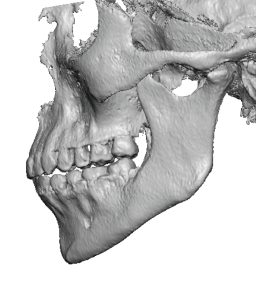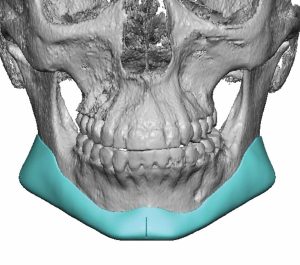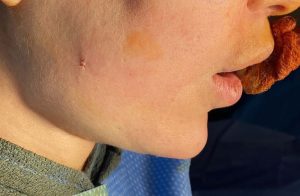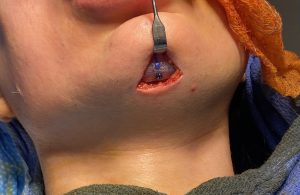Background: Augmentation of the lower third of the face frequently involves placing an implant at the jaw angle area. Whether done as an isolated jaw angle implant or part of an overall custom jawline implant placement of the implant involves knowledge and manipulation of the masseter muscles. This is distinctly different than that of chin augmentation in which the mentalis muscle is neither a limiting factor in implant placement and has a much lower risk of an postoperative problems. (particularly if done from a submental approach)
Proper management of the masseter muscle is the key in any form of jaw angle implant surgery. This is not only relevant to get the implant in the proper position but to prevent undesired retraction of the muscle over the implant after surgery. (masseteric muscle dehiscence. Technically it is not the muscle per se that poses the issue bit its ligamentous attachments at the gonial angle point and alone the inferior border. These ligamentous attachments must be elevated off of the bone particularly if there is any vertical lengthening effect of the implant.




While fewer females get jaw angle and custom jawline implants they consistently had less rigid ligamentous attachments and easier pocket dissection from men.The preoperative 3D CT scan consistently shows how challenging this ligamentous release will be and the risk of postoperative masseteric muscle dehiscence.
Highlights:
- Vertical jaw angle lengthening is more commonly done in females than in men.
- The anatomy of the female jaw angles is different than in men with less strong masseter muscle attachments as can be evidenced in 3D CT scans.
- Female jaw angle dissections are easier than in men with less risk of postoperative masseteric muscle dehiscence.
Dr. Barry Eppley
World-Renowned Plastic Surgeon






